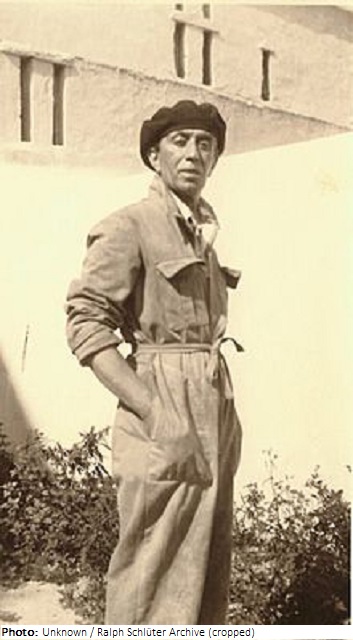Delfim Maya

Biographical information
| Roles | Competed in Olympic Games (non-medal events) |
|---|---|
| Sex | Male |
| Full name | Delfim Maria•de Sousa Maya |
| Used name | Delfim•Maya |
| Born | 21 December 1886 in Porto, Distrito do Porto (POR) |
| Died | 13 March 1978 (aged 91 years 2 months 23 days) in Lisboa, Distrito de Lisboa (POR) |
| NOC |  Portugal Portugal |
Biography
Delfim Maya was first trained as a cavalry officer and then took part in numerous equestrian competitions, including international ones. His greatest success was the victory in the Grand Prix of the international tournament in Lisboa in 1918. In 1919-21 he lived in exile in Spain, after being imprisoned for his participation in the failed monarchist revolt and then escaping from prison. In Spain, he participated in the bullfighting business. After an amnesty, Maya returned to Portugal and scraped by with various jobs: as a horseman, riding instructor, and surveyor.
In 1930 he was deported to Funchal on Madeira for a few months. It was only there that he began to paint and decided to become an artist. After his return to Lisboa, Maya developed a personal artistic style and became the first Portuguese sculptor to create sculptures in iron and other metals such as tinplate, copper, silver, and gold. The main subject of his work was the anatomy and movement of horses, bulls, and other animals. In contrast to other sculptors, he concentrated on small-scale sculptures for interiors. His first exhibition took place as early as 1931. In the following years Maya exhibited mostly in Portugal, Spain, France, and Latin America. After António Salazar’s seizure of power, he no longer received public commissions and was prevented from exhibiting.
According to the 1952 Official Report, he presented a bronze sculpture entitled International Horse Race in Lisbon in 1945. However, this title cannot be found in other sources. Actually, it is possible that he exhibited two works in 1952: Vencedor (Winner), also called Turf Club, may well be the one mentioned in the report. The sculpture of cut iron sheet has the format 45 x 50 x 27 cm. Possibly it was created as early as in the 1930s. According to a dissertation on Maya dated 1952, he is said to have submitted a Discóbolo (Discus Thrower). Two different works with this title are known from 1952, one made of chromed sheet brass on wood (20 x 21 x 12 cm), the second of sheet iron and wood (15 x 25 x 8 cm).
Results
| Games | Discipline (Sport) / Event | NOC / Team | Pos | Medal | As | |
|---|---|---|---|---|---|---|
| 1952 Summer Olympics | Art Competitions |  POR POR |
Delfim Maya | |||
| Sculpturing, Open (Olympic (non-medal)) |